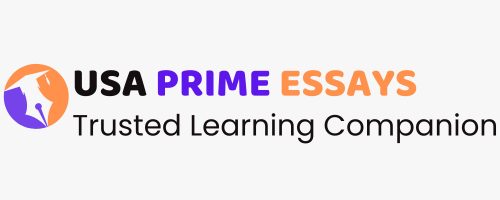below are two statements, both will need responses of approx 200-250 words using the references listed below
Problem statement
1. It is not known if the implementation of a nurse-driven catheter removal protocol using the Agency for Healthcare and Quality (AHRQ) Comprehensive Unit base toolkit for reducing catheter-associated urinary tract infection – prompt removal protocol would impact catheter utilization days among adult patients admitted to a long-term acute care hospital.
Purpose statement
2. The purpose of this quality improvement project is to determine if the implementation of the Agency for Healthcare and Quality (AHRQ) Comprehensive Unit base toolkit for reducing catheter-associated urinary tract infection – prompt removal protocol would impact catheter utilization days among adult patients admitted to a long-term acute care hospital. The project is to be piloted over an eight-week period in a 52-bed urban long-term acute care hospital in Virginia.
references to use:
Leontie, S. L. (2021). Utilizing a “fight the foley” bundle to reduce device utilization rates and catheter-associated urinary tract infections. Urologic Nursing, 41(4), 208–213.
Shadle, H. N., Sabol, V., Smith, A., Stafford, H., Thompson, J. A., & Bowers, M. (2021). A bundle-based approach to prevent catheter-associated urinary tract infections in the intensive care unit. Critical Care Nurse, 41(2), 62–71
Maxwell, M., Murphy, K., & McGettigan, M. (2018). Changing ICU culture to reduce catheter-associated urinary tract infections. Canadian Journal of Infection Control, 33(1), 39–43.
Tyson, A. F., Campbell, E. F., Spangler, L. R., Ross, S. W., Reinke, C. E., Passaretti, C. L., & Sing, R. F. (2020). Implementation of a nurse-driven protocol for catheter removal to decrease catheter-associated urinary tract infection rate in a surgical trauma ICU. Journal of Intensive Care Medicine, 35(8), 738–744.
McCoy, C., Paredes, M., Allen, S., Blackey, J., Nielsen, C., Paluzzi, A., Jonas, B., & Radovich, P. (2017). Catheter-Associated Urinary Tract Infections: Implementing a protocol to decrease incidence in oncology populations. Clinical Journal of Oncology Nursing, 21(4), 460–465.
Expert Solution Preview
Problem Statement:
Catheter-associated urinary tract infections (CAUTI) are a common healthcare-associated infection in the United States. The Agency for Healthcare and Quality (AHRQ) Comprehensive Unit-based Safety Program (CUSP) Toolkit has been developed to guide healthcare facilities in reducing the incidence of CAUTI through the use of evidence-based practices. However, it is not clear if the implementation of a nurse-driven catheter removal protocol using the AHRQ CUSP toolkit would have an impact on catheter utilization days among adult patients admitted to a long-term acute care hospital. Studies have shown that nurse-led initiatives, such as the “fight the foley” bundle, have been successful in reducing device utilization rates and the incidence of CAUTI in different hospital settings (Leontie, 2021; Shadle et al., 2021; Tyson et al., 2020).
Purpose Statement:
The purpose of this quality improvement project is to assess whether the implementation of the AHRQ CUSP toolkit and a nurse-driven catheter removal protocol would impact catheter utilization days among adult patients admitted to a long-term acute care hospital in Virginia. The project aims to pilot the toolkit over an eight-week period in a 52-bed urban long-term acute care hospital. As noted in previous studies, changing ICU culture to promote catheter removal and the implementation of protocols have been effective in reducing the incidence of CAUTI (Maxwell et al., 2018; McCoy et al., 2017). By implementing evidence-based practices, the project aims to reduce catheter utilization days and prevent CAUTI in the long-term acute care hospital setting.




